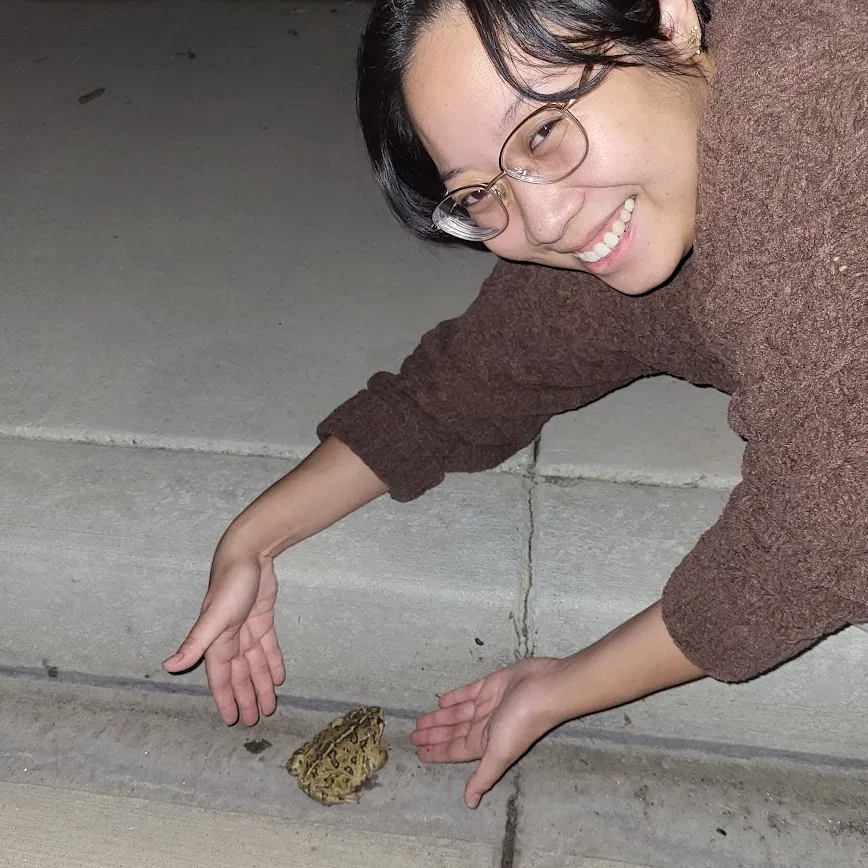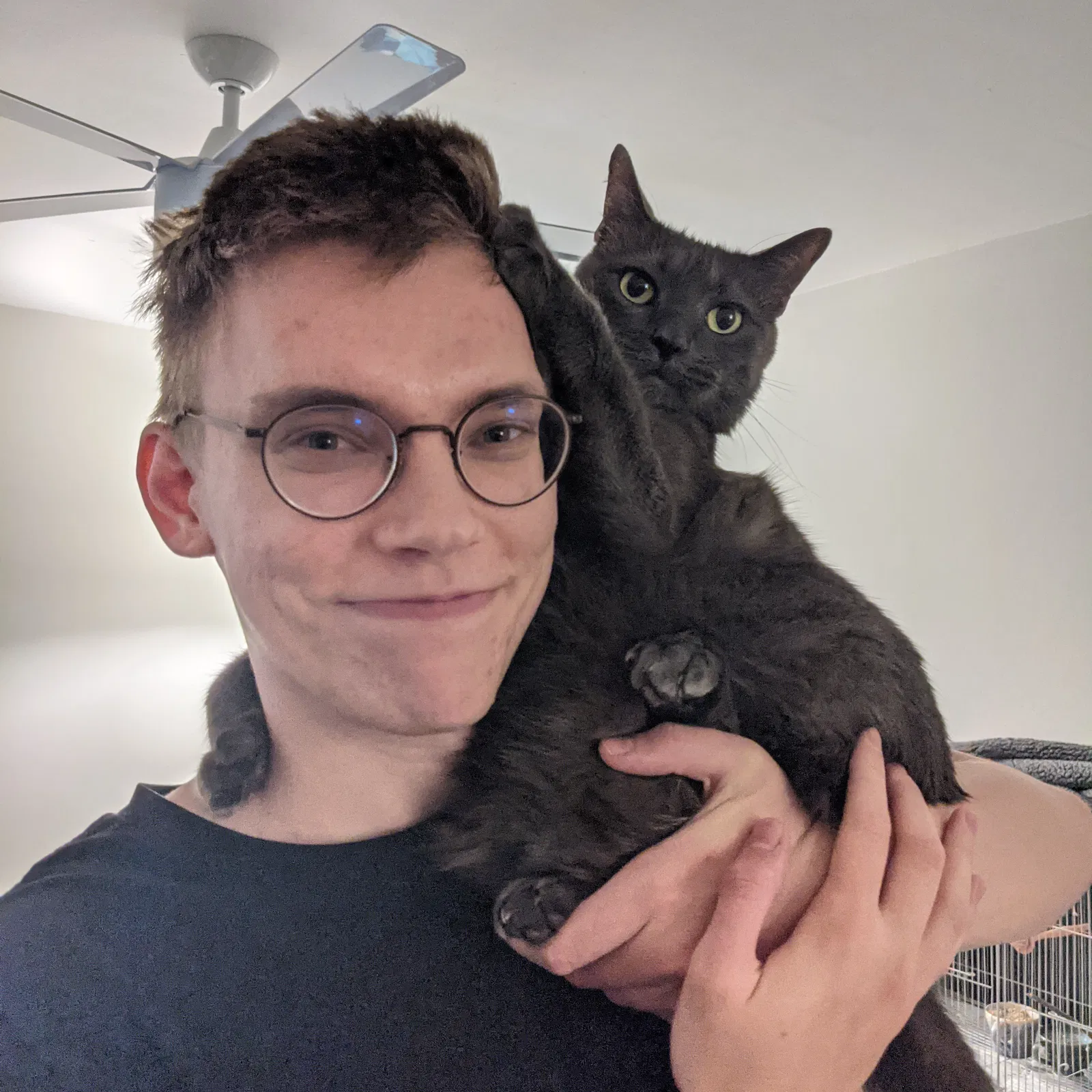Our Story
When platforms decided they were done with timelined feeds, I started seeing shops and commissions close before I even knew they were open. After Tumblr was bought, I lost my network of artists. I rebuilt it on Twitter only to lose it all over again. Before I knew it, half my feed became ads and promotions, and just navigating to an artist's website from their post felt like an arduous journey.
I knew that it was by design. It costs money to run a platform, and if your business model is ad revenue, then an ad filled customer experience with a focus on high engagement posts is the only path to profit. There's no room for links off platform, or businesses sharing new products and updates for people to check out, because if it makes you leave the platform, then you're not seeing more ads.
Meanwhile, I saw people outside the artist community discussing best search terms to find good art on Etsy, how to use reverse image search to spot dropshippers, and the renaissance of maximalist decor and fashion. It was clear that people wanted to know what's out there, and they were willing to buy it, but they just couldn't find what they were looking for.
I wished something better existed. I had some ideas I would talk about, but they were always just "what ifs". About a year ago, that changed. My partner Jack decided to work on building a prototype of a site that would combine all of the ideas I had been talking about for so long; a place I could trust to show me want I wanted to see and help me find artists to fall in love with.
We spent months turning lots of feature ideas into a single, useful platform. After lots of research, refinement, and debate, Sapling was created. We are still working on making things better, adding features, and figuring out what people want, but it's real and that's a start. I've wanted a place like Sapling to exist for a long time. Hopefully you'll join us and we can grow it together.
- Sarah

